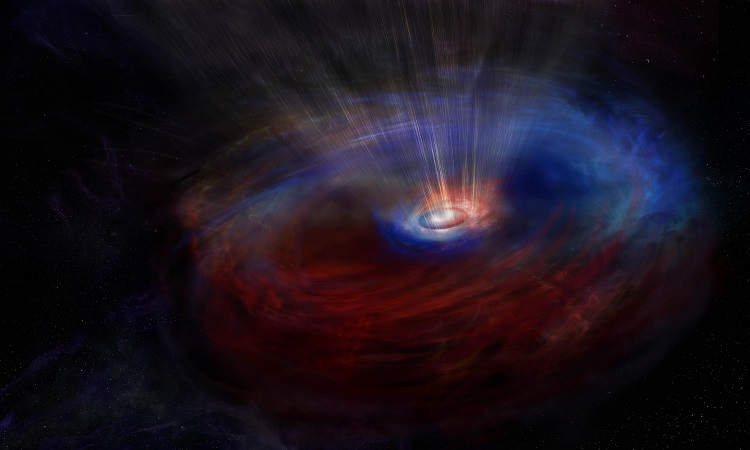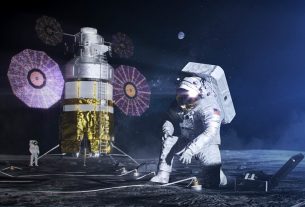A team of researchers claims to have identified a brand new class of objects represented by a surprisingly small black hole. The details of the study are published in the journal Science.
Black holes are enigmatic objects of which we still know a lot. For a long time, we thought that the mass of these objects represented about five to fifteen times the mass of the Sun. But things changed two years ago, with LIGO’s first detection of the merger of two black holes. One was about 31 times the mass of the Sun, and the other about 25 times the mass of the Sun.
This discovery, in addition to proving that the gravitational wave detector LIGO was working, made it possible to realize that the basic black holes could be more massive than previously thought. The researchers therefore naturally wondered if there could exist, on the other side of the scale, black holes lighter than 5 solar masses.
We know that stars about twice as massive as the Sun end their lives not in black holes, but in neutron stars. The limit actually seems to be 2.5 solar masses. Beyond that, it was theorized that these stars turned into black holes. But we had never seen objects of size between the largest neutron stars and the smallest black holes. It’s done now.
A black hole of 3.3 solar masses
Astronomers have recently analyzed data from the APOGEE instrument, installed at Apache Point Observatory in New Mexico. After studying the luminous spectra of hundreds of stars, they explain having discovered the presence of a red giant star that seemed to orbit around another object. According to calculations, the latter was smaller than conventional black holes, but also larger than most known neutron stars.
By pushing the analyzes, the researchers believe that it could actually be a mini black hole of 3.3 solar masses. The smallest ever discovered, so. But also the unique representative of a brand new class of objects. What open a brand new field of study.
Imagine the census of a city that only had people 1.80 meters and over. Now imagine that we suddenly realize that there are actually smaller people, says Todd Thompson, lead author of the study. The data from this census would be incomplete and give an inaccurate picture of the population. This is basically what just happened with black holes.
Knowing that we know they exist, researchers are now hoping to find objects of this kind. In order to understand their formation, their evolution, and the role they hold in the Universe.




